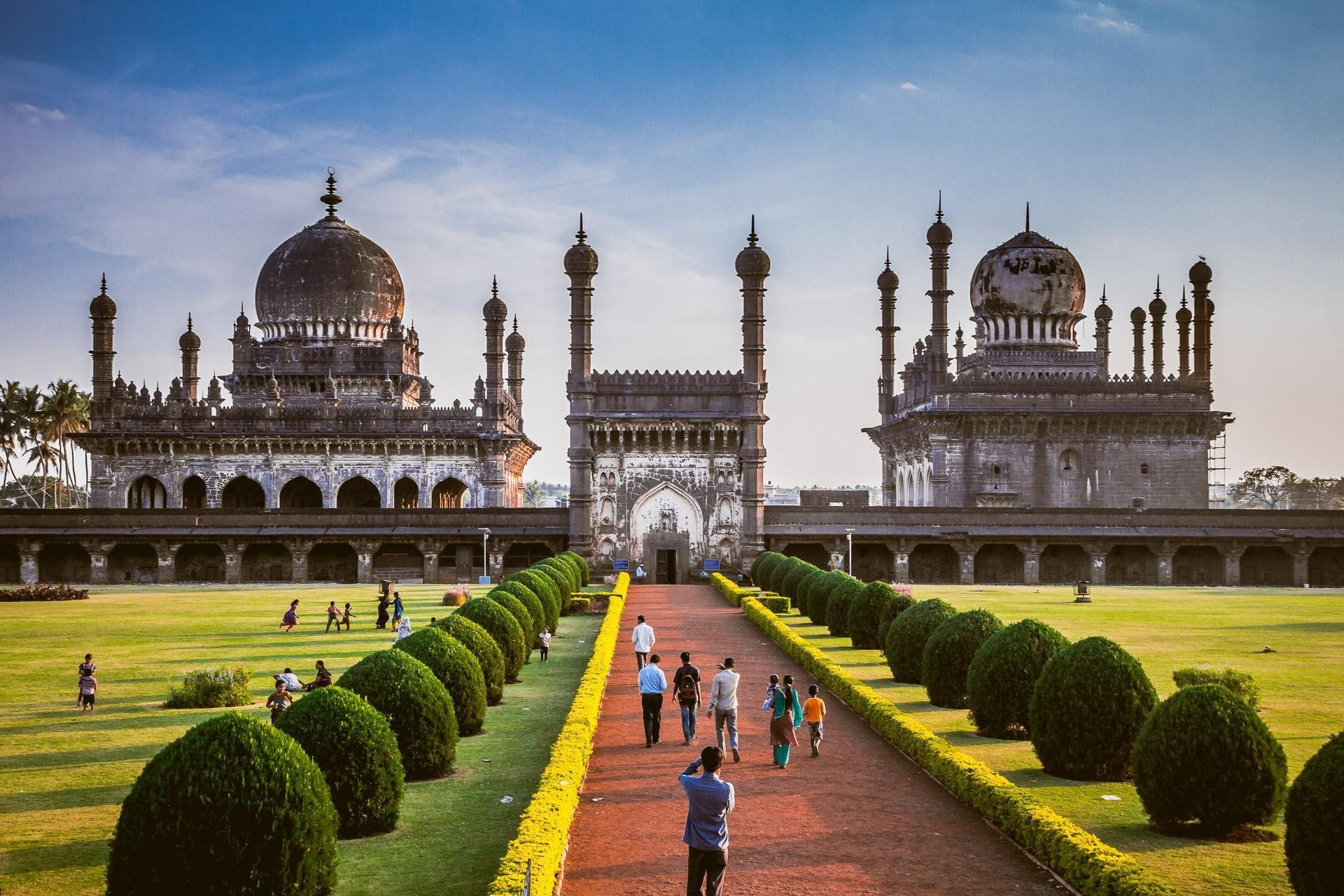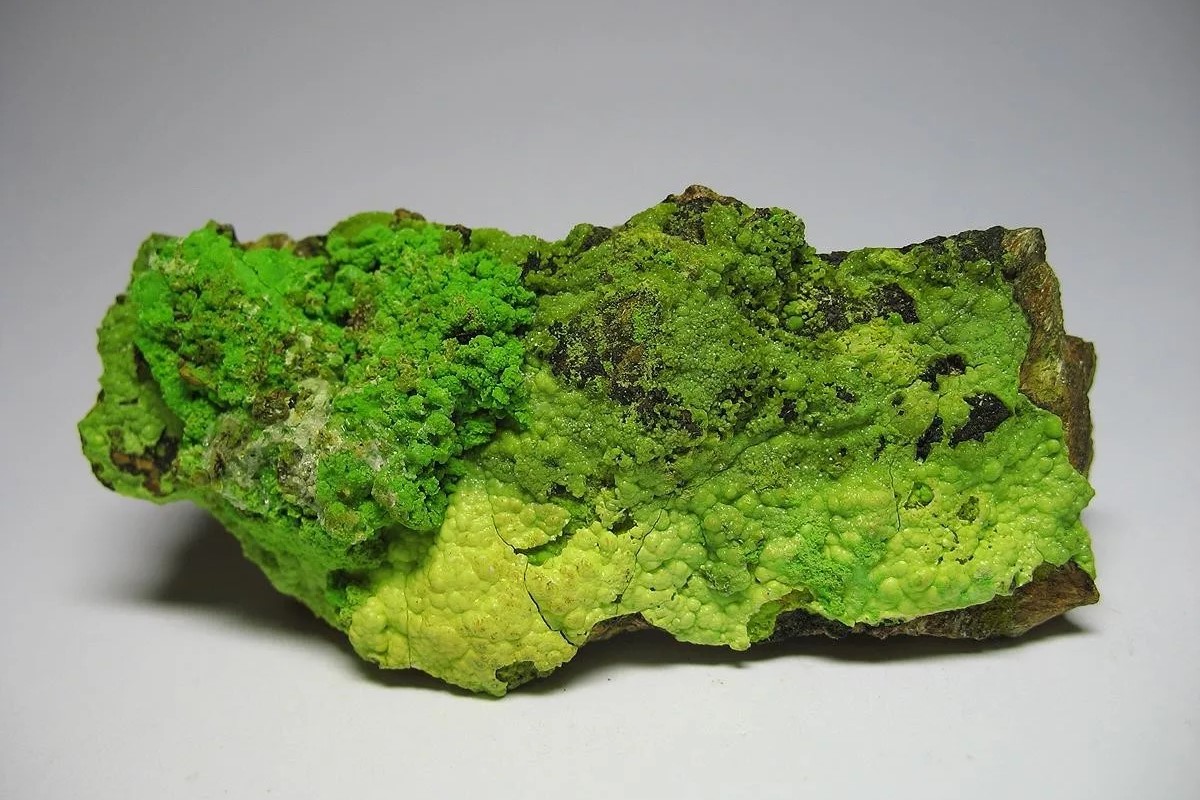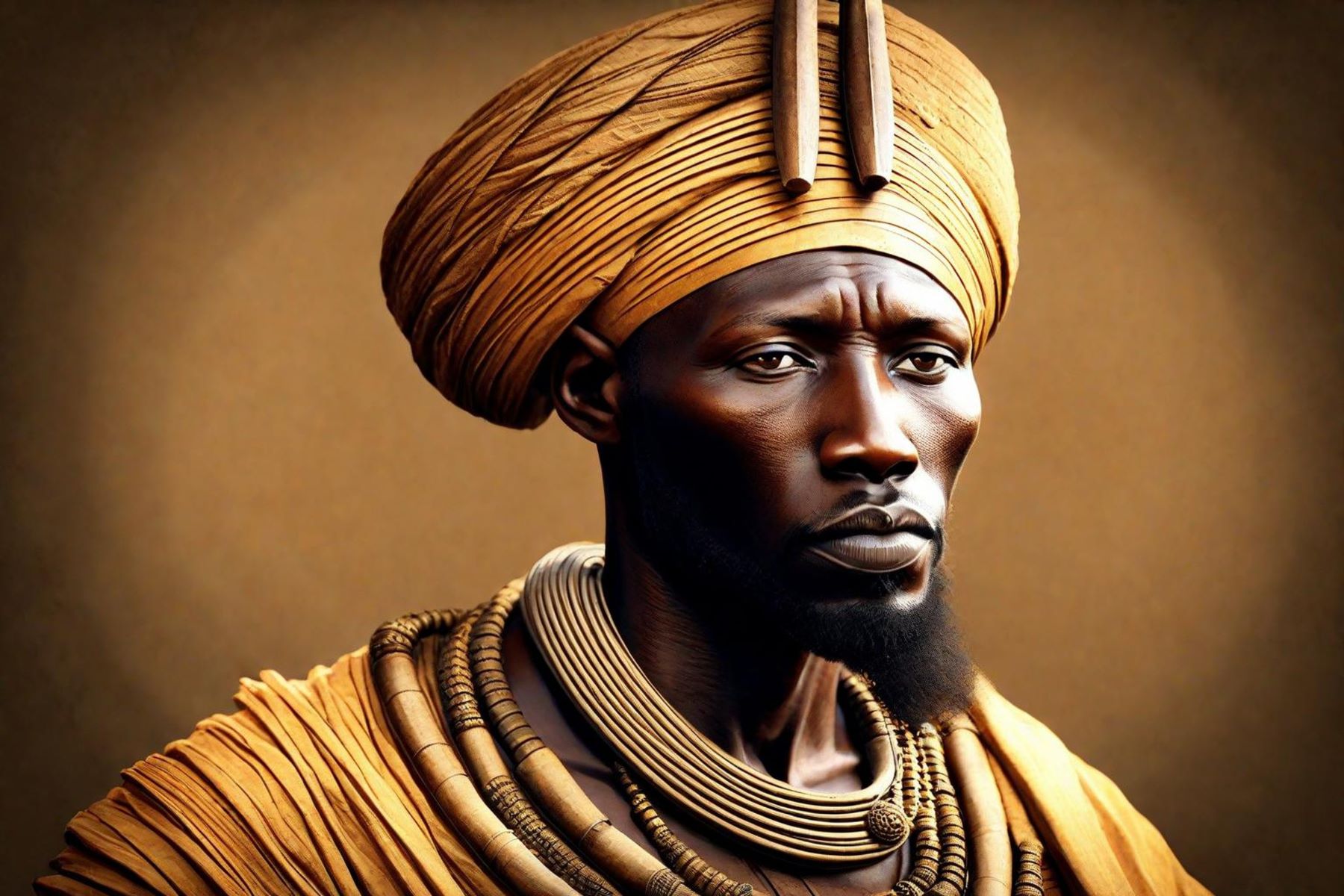
Bijapur, also known as Vijayapura, is a historical city located in the southern state of Karnataka, India. With a rich cultural heritage and a storied past, Bijapur is famous for its majestic architecture, intricate artwork, and historical monuments. The city was once the capital of the Adil Shahi dynasty, one of the prominent Muslim kingdoms in South India during the 15th and 17th centuries.
Bijapur is a city that seamlessly blends the old and the new, with ancient structures coexisting with modern developments. It is a city that has witnessed centuries of history, from the rise and fall of empires to the impact of various influences and dynasties.
In this article, we will explore 35 fascinating facts about Bijapur that showcase its significance in Indian history, its architectural marvels, and its cultural heritage. So, let’s dive in and discover the wonders of Bijapur!
Key Takeaways:
- Bijapur, a historic city in Karnataka, is known for its stunning architecture, diverse culture, and rich heritage, making it a must-visit destination for history enthusiasts and culture lovers.
- From the iconic Gol Gumbaz to the vibrant festivals and linguistic diversity, Bijapur offers a captivating blend of ancient wonders and modern charm, creating a timeless experience for visitors.
The Name Bijapur
The name Bijapur is derived from the Persian word “Vijayapura,” meaning “the city of victory,” symbolizing its historic conquests and triumphs.
Historical Significance
Bijapur was the capital of the Adil Shahi dynasty, one of the five Deccan Sultanates, during the 15th and 17th centuries.
Architectural Marvel – Gol Gumbaz
Gol Gumbaz, the iconic mausoleum of Muhammad Adil Shah, is the second-largest dome in the world. Known for its incredible whispering gallery, it can amplify the softest of sounds.
Adil Shahi Legacy
The Adil Shahi dynasty left a significant impact by constructing numerous monuments and buildings, showcasing their architectural prowess.
Bijapur Citadel
The massive Bijapur Citadel, also known as Arakilla, is a fortified structure that served as the center of political power for centuries.
The Historically Rich Ibrahim Rouza
Ibrahim Rouza is a stunning mausoleum complex, also called the “Taj Mahal of the Deccan,” known for its intricate lattice work and beautiful carvings.
Cultural Melting Pot
Bijapur is known for its diverse culture, blending influences from Hindu, Muslim, and Marathi traditions.
Ancient Water Heritage
Bijapur boasts an impressive network of historic water systems, including step wells, tanks, and aqueducts, designed to cater to the water needs of the population.
Bijapur’s Architectural Style
The architectural style in Bijapur reflects a blend of Persian, South Indian, and Deccan influences, making it a unique visual experience.
Bijapur’s Mosaic of Monuments
The city is home to a plethora of architectural wonders, such as mosques, palaces, tombs, and temples, showcasing the vibrant history and cultural diversity of the region.
Iconic Jama Masjid
The Jama Masjid in Bijapur is a marvel of Indo-Islamic architecture, adorned with intricate motifs, calligraphy, and ornate domes.
Ancient Bijapur Fort
Bijapur Fort, also known as the Citadel Fort, is a mammoth structure encompassing various historical monuments and structures within its walls.
The Impressive Malik-i-Maidan
The Malik-i-Maidan is a massive cannon placed on a stone platform, famous for its sheer size and historical significance.
Cultural Hub of Poetry
Bijapur has been a vibrant center of Urdu and Persian poetry, with renowned poets like Shah Muhammad Hashim and Qasim Razvi leaving an indelible mark on its literary heritage.
Architectural Brilliance of Ibrahim Rauza
Ibrahim Rauza, the tomb of Ibrahim Adil Shah II, is renowned for its exquisite carvings, stunning minarets, and symmetrically designed gardens.
Traditional Bijapuri Cuisine
Bijapur offers a delectable culinary experience with its flavorful delicacies like Naati koli curry, Jowar Roti, and Shenga chutney.
The Enigmatic Uppali Buruj
The Uppali Buruj is a towering watchtower built during the Adil Shahi reign, offering panoramic views of the city.
Historical Citadel – Ark Killa
The Ark Killa, also known as the Citadel Fort, houses many ancient buildings, including the Jama Masjid, Jali Cemetery, and Gagan Mahal.
Magnificent Asar Mahal
The Asar Mahal is a beautiful palace built by Muhammad Adil Shah, serving as a royal residence and housing relics of the Prophet Muhammad.
Charming Anand Mahal
The Anand Mahal, constructed during the Adil Shahi dynasty, is a grand palace known for its intricate carvings and beautiful frescoes.
The Historic Jod Gumbaz
Jod Gumbaz is a monumental mausoleum complex that houses the tombs of Afzal Khan and his family, known for its architectural grandeur.
Bijapur’s Vibrant Festivals
Bijapur celebrates a range of colorful festivals, including Eid, Navratri, and Bijapur Music Festival, offering a glimpse into the rich cultural traditions of the region.
Majestic Jamiyat Masjid
The Jamiyat Masjid is a grand mosque in Bijapur, notable for its stunning architectural elements and intricate decorations.
Ancient Lingaraj Temple
Bijapur is home to the historic Lingaraj Temple, dedicated to Lord Shiva, attracting devotees from far and wide.
Historical Bijapur Museum
The Bijapur Archaeological Museum houses a vast collection of ancient artifacts, sculptures, and inscriptions, unveiling the city’s glorious past.
The Serene Taj Bawdi
Taj Bawdi is a famous step well in Bijapur, known for its architectural beauty and centuries-old water conservation techniques.
The Enthralling Gagan Mahal
Gagan Mahal, once the grand palace of the Adil Shahi rulers, is an architectural marvel with its ornate arches and beautiful balconies.
Historic Kamal Mahal
Kamal Mahal, also known as Lotus Mahal, is an exquisite palace with stunning lotus-shaped arches nestled within the Bijapur Fort.
Bijapur’s Rich Handicrafts
Bijapur is famous for its traditional handicrafts like Bidriware, an intricate metalwork technique, and traditional woodwork crafted by skilled artisans.
The Melodic Bari Kaman
Bari Kaman, a series of twelve arches, is a visually mesmerizing structure showcasing the architectural brilliance of the Adil Shahi era.
Bijapur’s Linguistic Diversity
Bijapur is a linguistic melting pot, with Kannada, Urdu, Marathi, and Telugu being the widely spoken languages in the region.
Serene Malik-e-Maidan Garden
The Malik-e-Maidan garden surrounds the colossal cannon and offers a serene retreat for visitors to relax and admire the historical marvels.
The Fascinating Saat Kabar
Saat Kabar or Seven Tombs is a complex of tombs built for the Adil Shahi dynasty rulers, known for their stunning architectural beauty.
Ancient Bijapur University
Bijapur was home to one of the oldest universities in India, known as the Bijapur University, which played a vital role in promoting education and learning.
Majestic Malik-e-Maidan
Malik-e-Maidan, meaning “Lord of the Battlefield,” is a gigantic medieval cannon weighing over 55 tons, one of the main attractions of Bijapur.
These 35 fascinating facts about Bijapur capture the essence of this glorious city, showcasing its architectural marvels, historical significance, and vibrant cultural heritage. Visiting Bijapur is like stepping into a time capsule, where the past seamlessly blends with the present, leaving visitors in awe of its splendor.
Conclusion
In conclusion, Bijapur is a city rich in history, culture, and architectural wonders. From the breathtaking monuments like Gol Gumbaz and Ibrahim Rouza to the vibrant markets and delicious cuisine, Bijapur offers a unique experience for visitors. Whether you are a history enthusiast, an architecture lover, or simply looking to explore a hidden gem, Bijapur will captivate you with its charm. Make sure to visit the city’s various attractions, soak in the local atmosphere, and immerse yourself in the fascinating stories that unfold at every step. With its grand past and promising future, Bijapur is truly a place that should not be missed.
FAQs
1. What is the best time to visit Bijapur?
The best time to visit Bijapur is during the winter months, from October to March, when the weather is pleasant and suitable for sightseeing.
2. Are there accommodations available in Bijapur?
Yes, Bijapur offers a range of accommodations that cater to different budgets and preferences, from luxury hotels to budget guesthouses.
3. Is it safe to travel to Bijapur?
Like any other city, it is always advisable to take necessary precautions while traveling. However, Bijapur is generally considered safe for tourists, and the locals are known for their warmth and hospitality.
4. What are the must-visit attractions in Bijapur?
Some of the must-visit attractions in Bijapur include Gol Gumbaz, Ibrahim Rouza, Jama Masjid, Malik-e-Maidan, and the Archaeological Museum.
5. Can I hire a local guide in Bijapur?
Yes, there are professional guides available who can provide you with in-depth knowledge about Bijapur’s history, architecture, and cultural significance.
6. Are there any festivals celebrated in Bijapur?
Yes, Bijapur celebrates several festivals with great enthusiasm, including the Urs festival at the Gol Gumbaz, Bijapur International Music Festival, and the Basaveshwara Jayanti.
7. Is there local transportation available in Bijapur?
Yes, Bijapur has local transportation options like auto-rickshaws and taxis to help you navigate the city.
8. What are some popular local dishes to try in Bijapur?
Bijapur is known for its mouthwatering dishes like Bijapur Biryani, Jolada Roti, Dharwad Peda, and Benne Dose.
9. Are there any shopping areas in Bijapur?
Yes, you can explore markets like the Gol Market and the Khanapur Road Market for traditional textiles, handicrafts, and jewelry.
10. Can I extend my visit to nearby attractions from Bijapur?
Absolutely! Bijapur is located in close proximity to other tourist destinations like Hampi, Badami, and Aihole, offering you the opportunity to explore more of Karnataka’s heritage.
Embark on a captivating journey through Bijapur's rich history, architectural wonders, and cultural heritage. From the iconic Gol Gumbaz to the enigmatic Uppali Buruj, each fact unveils a fascinating facet of this ancient city. Immerse yourself in the poetic legacy of the Adil Shahi dynasty, savor traditional Bijapuri cuisine, and marvel at the intricate craftsmanship of its monuments. As you explore the depths of Bijapur's past, don't miss the opportunity to discover more enthralling tales from Karnataka, such as the extraordinary facts about Dharmasthala Manjunatha Temple.
Was this page helpful?
Our commitment to delivering trustworthy and engaging content is at the heart of what we do. Each fact on our site is contributed by real users like you, bringing a wealth of diverse insights and information. To ensure the highest standards of accuracy and reliability, our dedicated editors meticulously review each submission. This process guarantees that the facts we share are not only fascinating but also credible. Trust in our commitment to quality and authenticity as you explore and learn with us.


